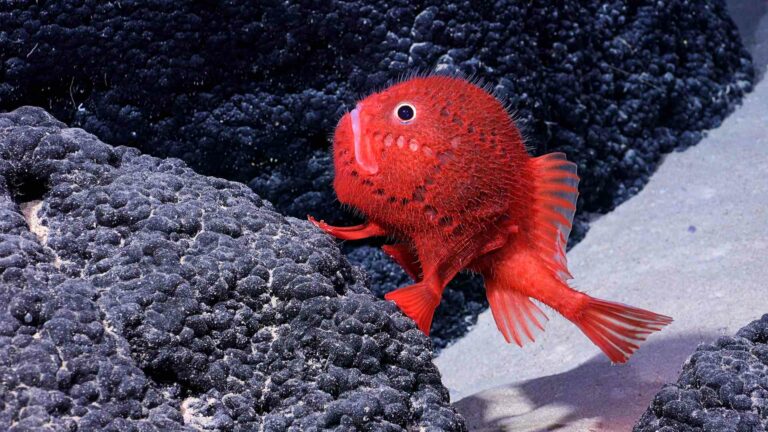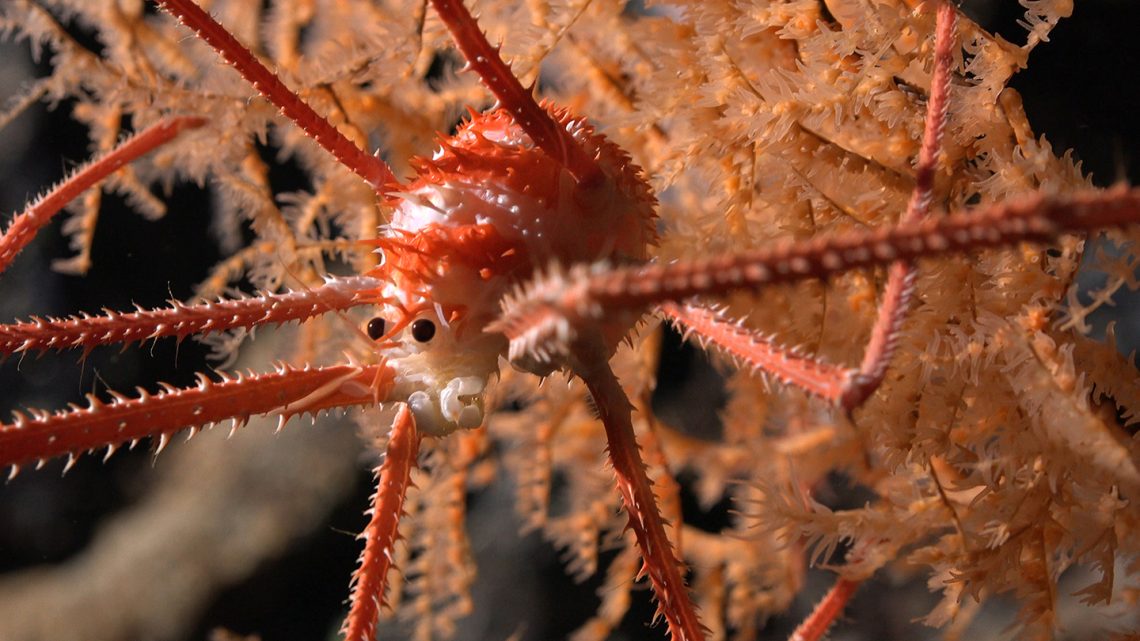- |
There are deep-sea corals that could be at least a thousand years old, sponges, sea urchins, amphipods and lobsters:on seamounts located off the coast of Chile More than 100 potential new species have been discovered that could be unique in the world.The credit goes to an international team of researchers who, led by Javier Sellanes, full professor of Marine Sciences at the Universidad Católica del Norte, created breathtaking photos and videos that already seem destined to pique the attention of scientists in the coming months.The team explored seamounts along the Nazca and Salas y Gómez ridges with the aim of collecting data that could support future protected area designation and the Juan Fernández and Nazca-Desventuradas marine parks.A robot capable of descending to a depth of 4,500 meters was used to collect data from 10 mountains located below sea level, discovering that each “hosted diverse ecosystems, many of them vulnerable, including thriving deep-sea coral reefs and sponge gardens”.The results of the discovery and the photographs taken are available inside the press release from the Schmidt Ocean Institute, a non-profit organization that works to advance the frontiers of global marine research.

Scientists have mapped 52,777 square kilometers of seabed, discovering 4 underwater mountains.The fourth mountain, approximately 3,530 meters high, was unofficially called "Solito".Professor Sellanes explained:«On this expedition we far exceeded our expectations.We always hope to find new species in these remote and under-explored areas, but the quantity we found, especially for some groups such as sponges, is astonishing.These thriving and healthy ecosystems mean that the Nazca-Desventuradas and Juan Fernández parks effectively protect delicate marine habitats."Researcher Jan Maximiliano Guerra, PhD student at the Universidad Católica del Norte and member of Sellanes' team, he added:«The unique nature of seamount topography allows certain types of species to live and adapt to a lifestyle that can only be found on that particular mountain.And, therefore, most of the species we find along this mountain range and in the seamounts are unique in nature and cannot be found anywhere else in the world."

Among the life forms discovered are a new species of fish from the Chaunacop genus, spiral corals, new squid and lobsters, Dermechinus urchins and even a angler fish equipped with a luminous bait and modified fins which allow it to walk on the seabed and a skin made up of small needles and holes.However, as admitted by the researchers themselves, complete identification can take many years, and the fact of having an incredibly large number of samples from a still little-known biodiversity hotspot certainly does not help speed up the process.Sellanes concluded:«Although a hundred new species represent a significant haul for a single expedition, we have barely scratched the surface.What we explored on each dive is only what we are able to see in a distance of about two kilometers, which is insignificant compared to the enormous volume of these structures. Many more new species will remain hidden until scientists return for further exploration.What we already know [about these ecosystems] justifies their protection, but what we don't yet know justifies it even more."
The results of the discovery and the archive of photographs taken are available here.Furthermore, a second search expedition has already begun along the Cordillera Salas y Gómez which will involve the exploration of new areas at depths greater than 600 metres.The results will be published here.
[by Roberto Demaio]
